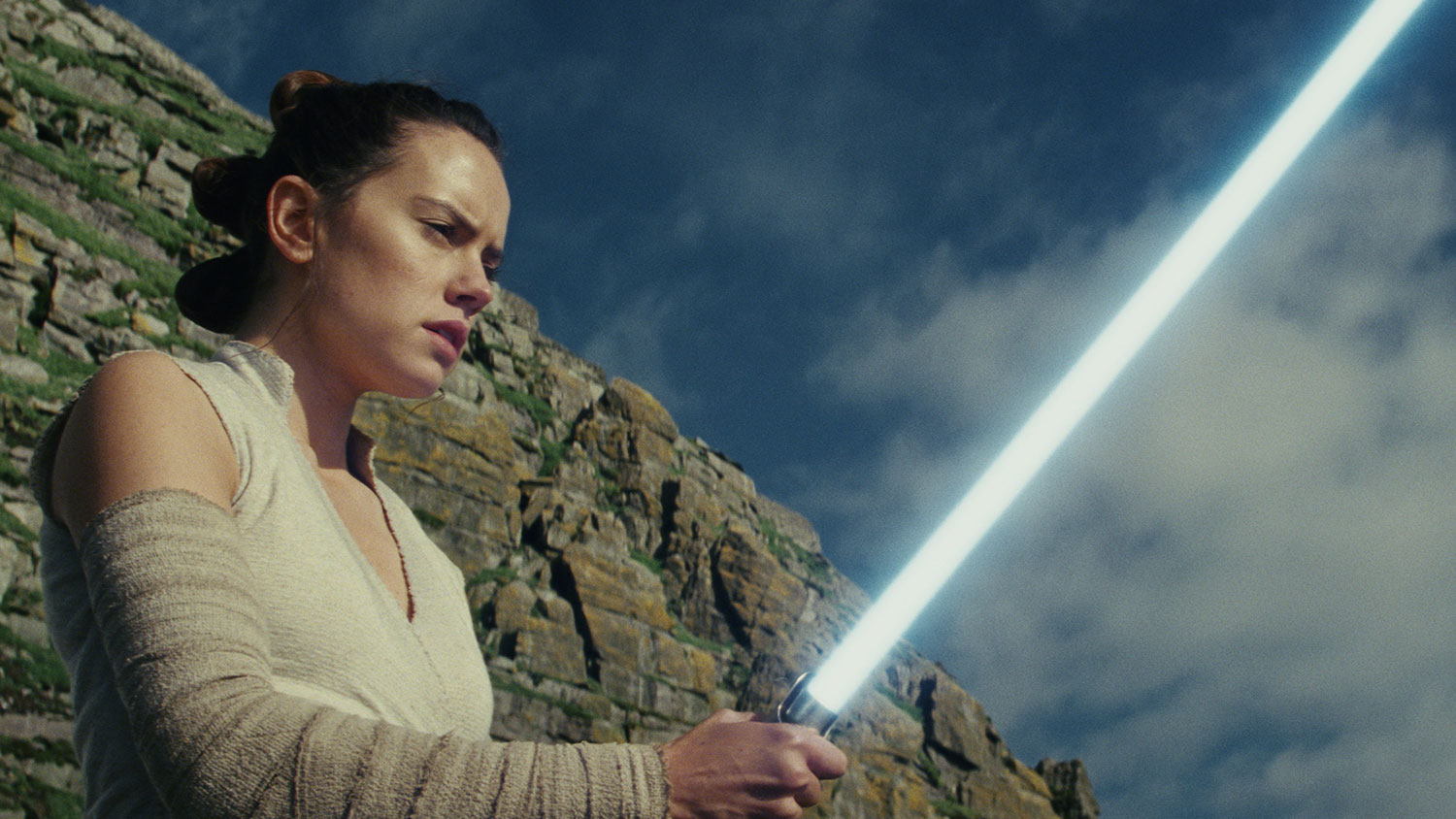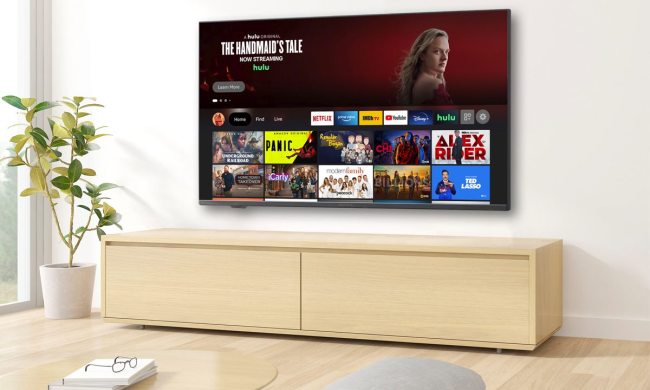
Do you have a new TV and sound bar or other home theater option that has you aching to watch something that has both Dolby Vision high-dynamic range (HDR) and Dolby Atmos object-based surround sound? While your options there are limited, at least for now, they are getting better with time and now another major player has entered the game, as Disney announced on Tuesday, February 20, that Star Wars: The Last Jedi will be its first 4K UHD Blu-ray release to feature both technologies.
If you’re not familiar with either technology, here is a quick rundown. Dolby Vision takes high-dynamic range, which already makes for more vivid color and a brighter picture, and lets the producers of the Blu-ray tweak the picture on a scene-by-scene and even frame-by-frame basis, making for the most visually exciting picture possible. Dolby Atmos does a similar thing for sound, letting sound seem to come from above and below you, in addition to the back, front, left, and right that standard surround sound provides.
In addition to the film, which arguably offers just about everything fans wanted from a Star Wars film, the home release is packed with bonus features. The Director and the Jedi is a feature-length documentary in which director Rian Johnson takes fans through the process of creating the film, while Balance of the Force explores both the mythology of the Force and the film’s interpretation of it. Andy Serkis Live! (One Night Only) shows two sequences of the actor’s performance before his digital transformation into Snoke. Other features include director commentary, 14 deleted scenes with commentary, and breakdowns of some of the film’s most iconic scenes.
Star Wars: The Last Jedi is out digitally in HD and 4K Ultra HD starting on March 13, while the 4K UHD Blu-ray will be released two weeks later on March 27. If you’re looking for maximum flexibility, the
Update: Edited to clarify this is Disney’s first 4K UHD Blu-ray with Dolby Atmos and Dolby Vision, not the first overall


